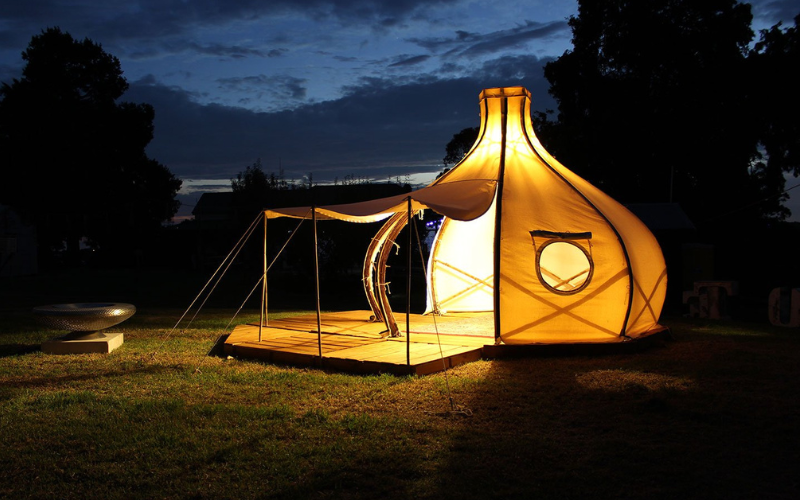When we think about structures, the images that commonly come to mind are buildings like houses, office towers, or bridges—solid constructions designed for permanence.
However, when it comes to defining a structure more broadly, this can encompass a wide range of built forms, including those that are temporary or portable, such as camping tents.
The question of whether a camping tent counts as a structure may seem straightforward, but it invites a deeper look into what constitutes a structure in both everyday and technical language.
What Defines a Structure?
To determine whether a camping tent is a structure, we first need to understand what characteristics define something as a structure.
Generally, a structure is any constructed item made from different components that support each other in standing up or staying in place.
Structures can be as massive as skyscrapers or as modest as a wooden stool. They typically provide shelter, space for activities, or support for other objects. The key elements that classify something as a structure include stability, function, and construction.
The Case for Camping Tents as Structures
Camping tents meet many of the fundamental criteria for a structure. Firstly, they are composed of materials such as fabric, poles, and stakes that are assembled to create a shelter.
This assembly is a form of construction, albeit temporary. The tent’s design provides a stable form once erected, capable of withstanding normal weather conditions like wind and rain, thus ensuring the safety and comfort of its occupants.
Moreover, the primary function of a camping tent is to offer shelter. This is a characteristic shared with all traditional structures, regardless of their complexity or permanence. Tents create a controlled environment, shielding users from the elements and insects, and can be equipped with various accommodations for sleeping and storage, similar to permanent buildings.
Temporary vs. Permanent Structures
One of the main arguments against considering camping as Tents structures is their temporary nature. Unlike buildings, tents are designed to be easily dismantled and moved. This portability distinguishes them from permanent structures, which are typically built on a fixed foundation and not intended to be moved.
However, the line between temporary and permanent structures can blur. For instance, market stalls, event stages, and even some houses are designed for temporary or semi-permanent use. The inclusion of these as structures in planning and zoning discussions suggests that permanence is not an essential criterion for a structure.
Legal and Practical Considerations
Legally, the classification of a camping tent as a structure can vary by jurisdiction. In some areas, tents used for camping in designated sites might not be considered structures due to their temporary nature and minimal impact on the environment.
In contrast, in other contexts—such as long-term use in residential settings—tents might be treated as structures, subject to regulations regarding safety, sanitation, and land use.
From a practical perspective, recognizing camping tents structures can have implications for campsite management, safety regulations, and even taxation in some cases. As recreational camping continues to grow in popularity, the classification of tents may come under greater scrutiny to ensure that campers and natural areas are adequately protected.
Conclusion
In conclusion, while camping tents are not structures in the traditional sense of permanent buildings, they meet many criteria that define what a structure is. They provide shelter, are constructed from multiple components, and achieve a level of stability once erected. The debate over whether a camping tent is a structure largely depends on the context in which the question is asked—be it legal, practical, or theoretical. Thank visiting logicallyblogs.com

